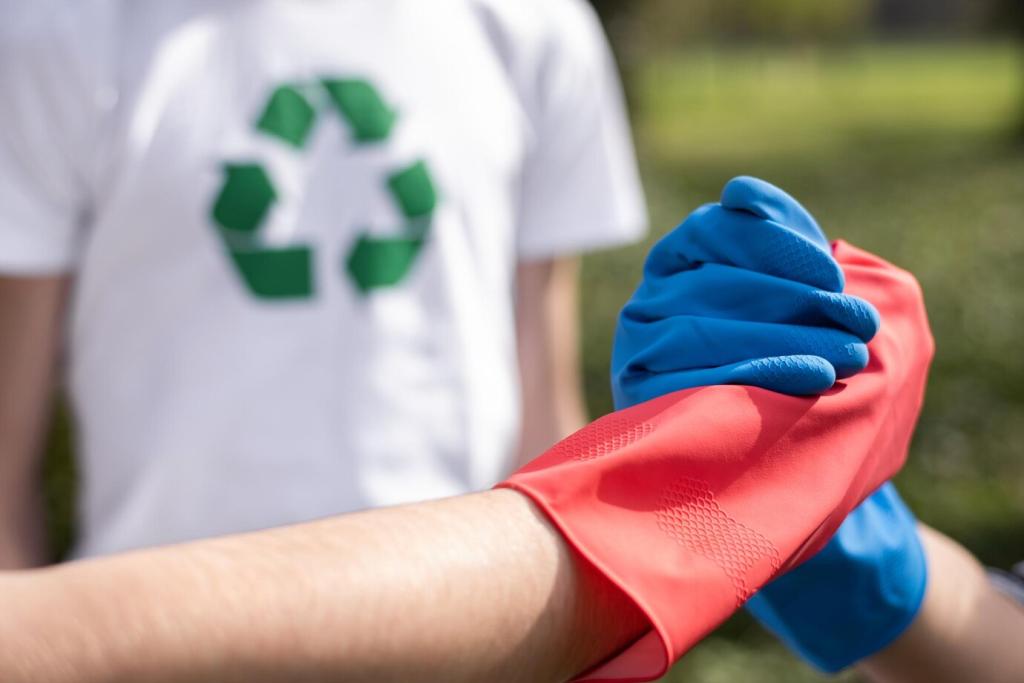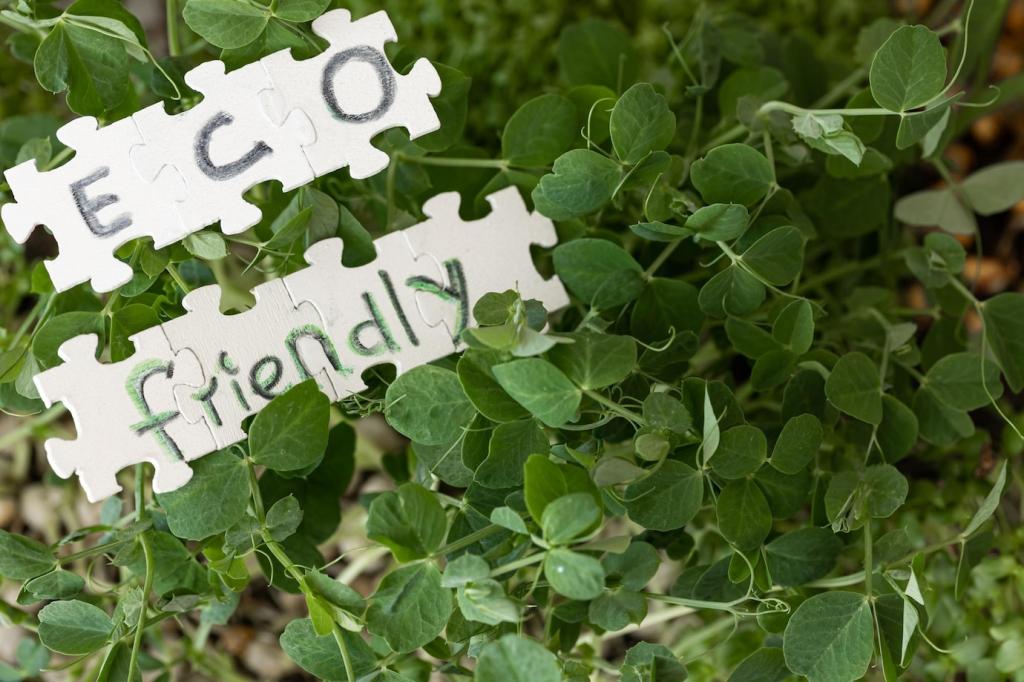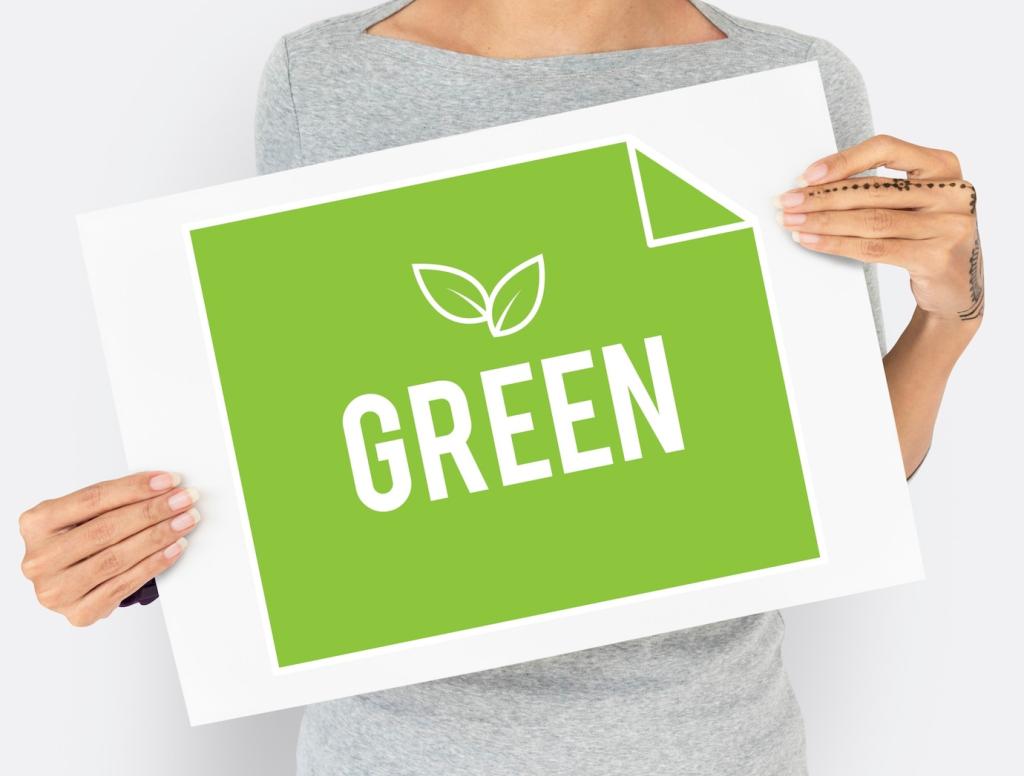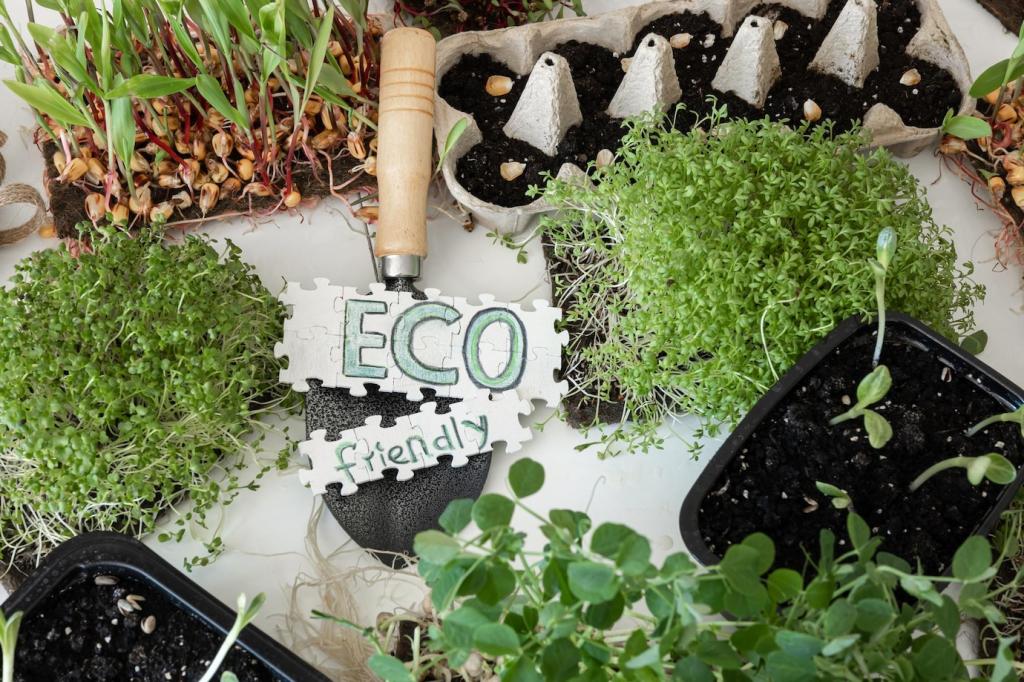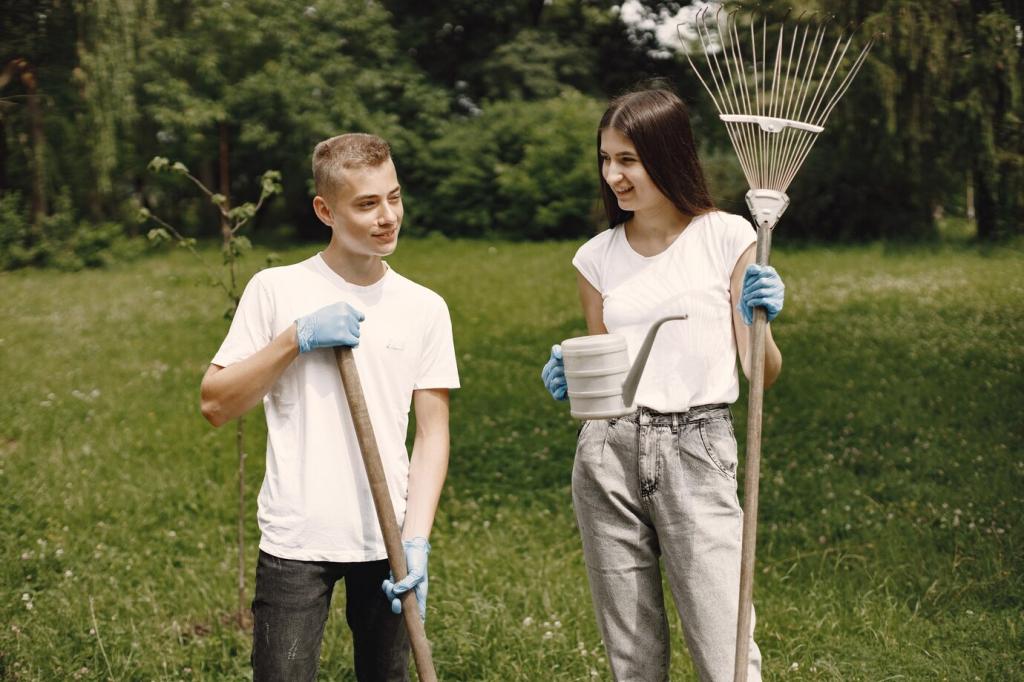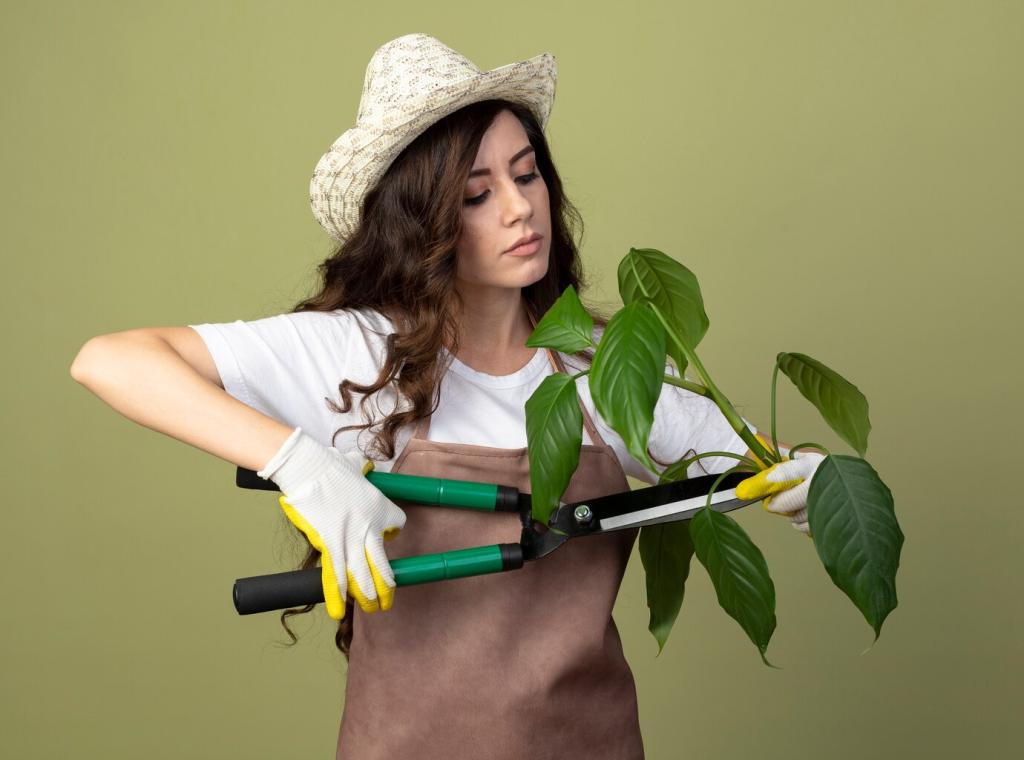Foundations of Non-Toxic Furniture Care
Non-toxic cleaning favors low-VOC, pH-appropriate solutions that avoid chlorine bleach, ammonia, and heavy solvents. It relies on gentle surfactants, distilled water, and careful technique, not brute chemicals. Always ventilate, work in small sections, and avoid fragrance overload. Your nose, skin, pets, and finishes all benefit from this quieter, kinder approach.
Foundations of Non-Toxic Furniture Care
Build a simple kit: soft microfiber cloths, a soft-bristle brush, spray bottles, distilled water, mild unscented castile soap, white vinegar, baking soda, and a dedicated upholstery vacuum tool. Add labeled jars, a squeegee for glass insets, and clean cotton swabs. Share your kit photo and tell us which tool you reach for most.

